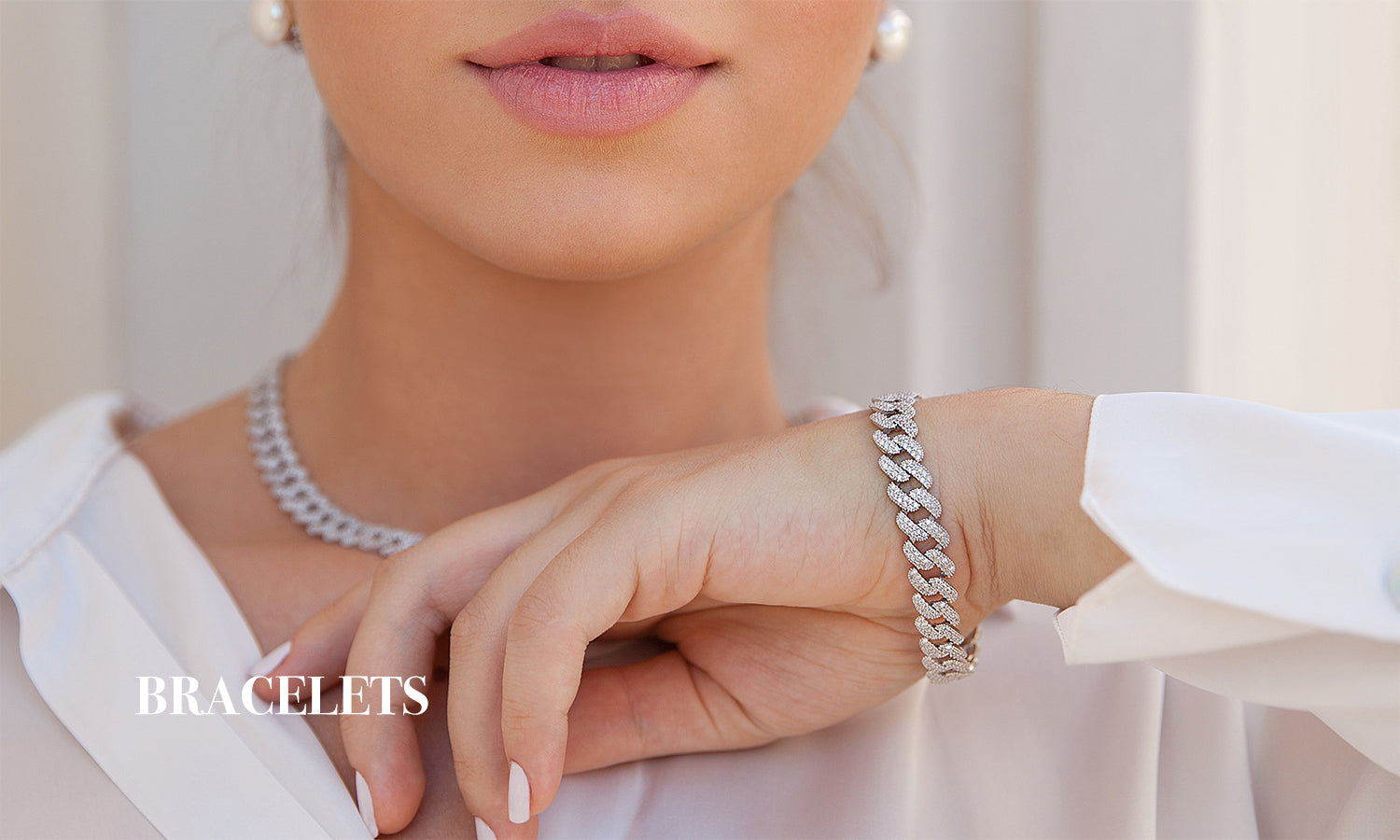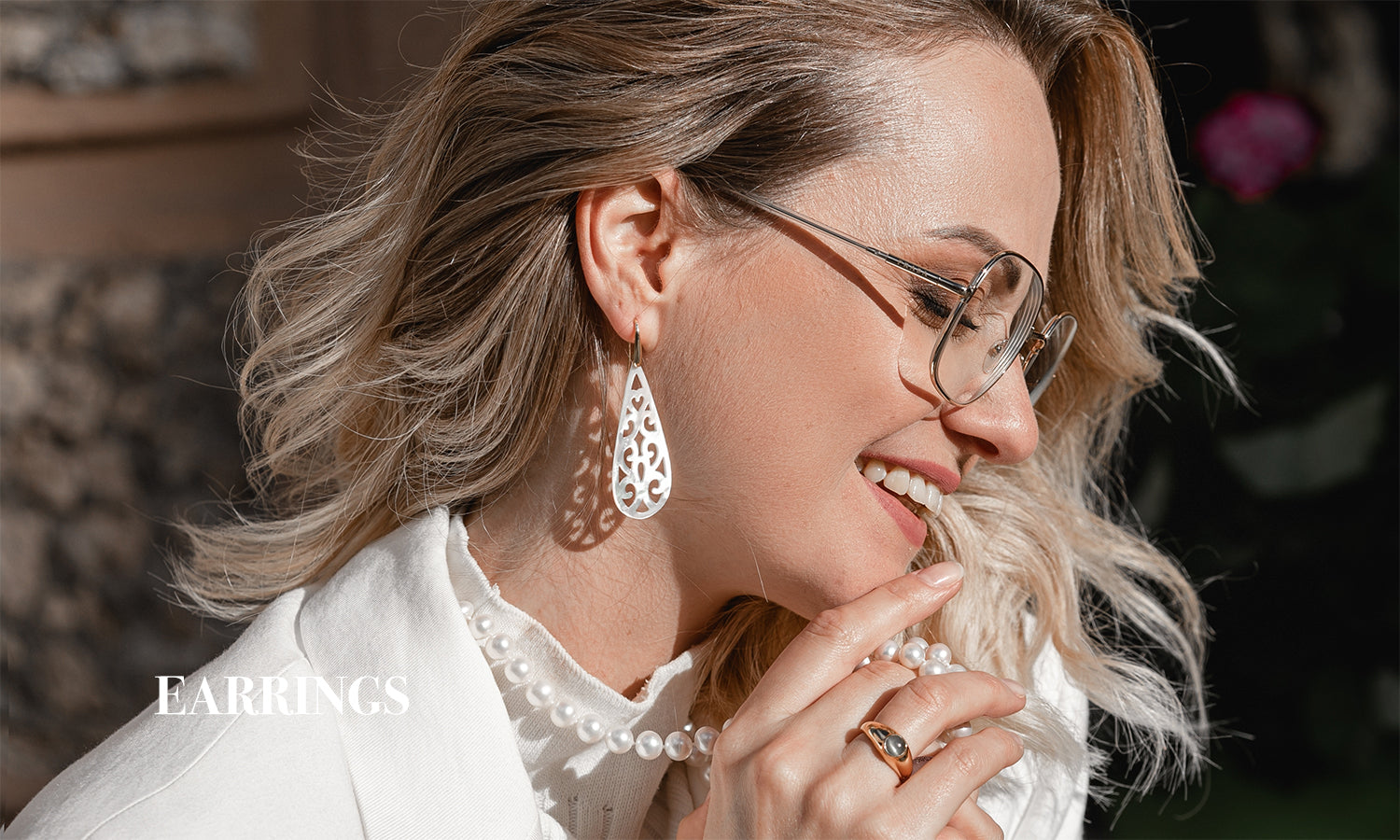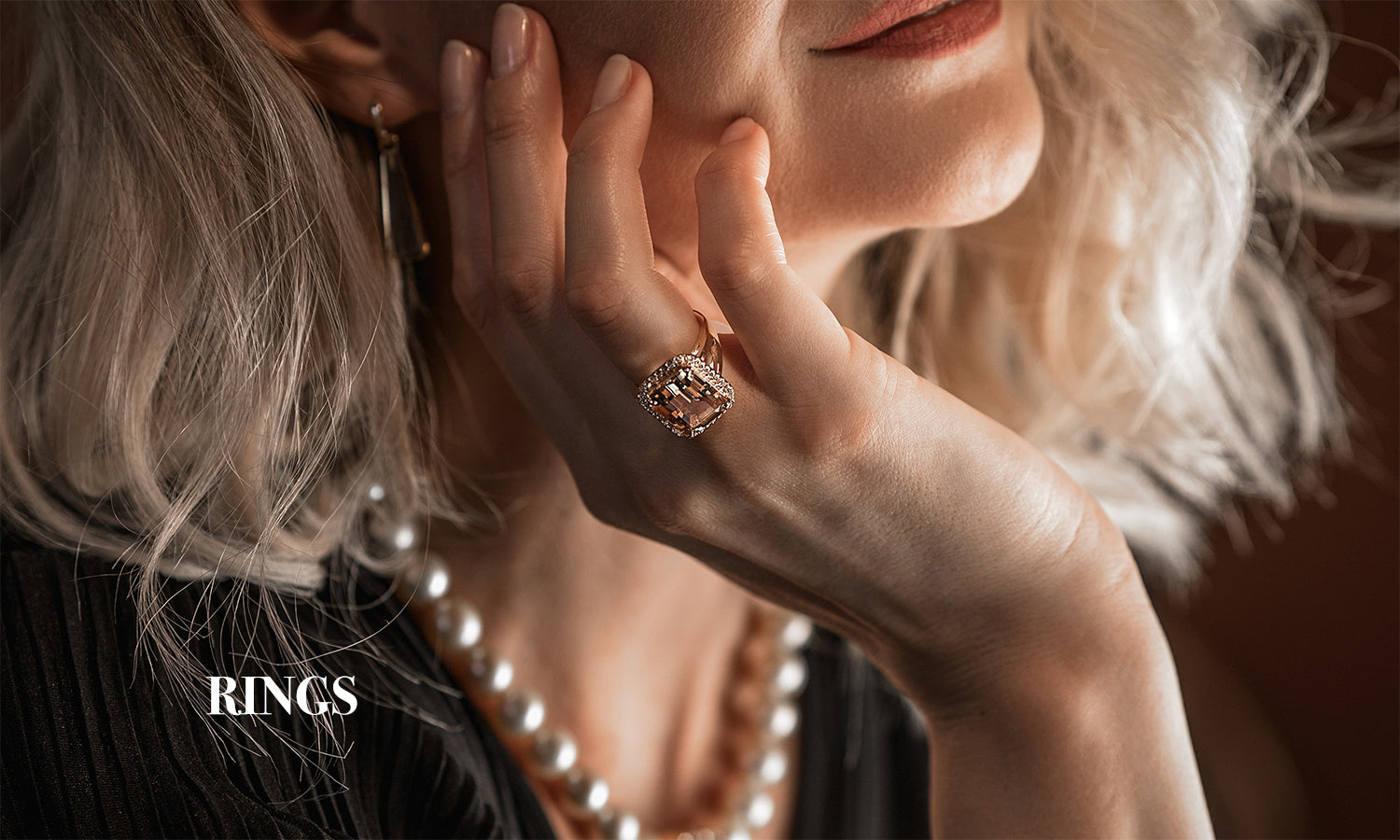
What is the value of a Neckless?
Share
A necklace is a decorative accessory part of most women's wardrobes. It consists of a long piece of jewelry with stones, gems, or pearls strung together to hang from the neck or sometimes an elastic string. Historically, it was worn by nobles and other elite members of society in tandem with other jewels, such as earrings and rings. In recent decades, the size and shape of necklaces have changed, as have their materials; however, most are still made from precious metals or semi-precious stones such as diamonds or gold.

Today, a good quality necklace is considered a symbol of good taste and fashion. Chains are typical for women to wear during special occasions such as weddings or graduation ceremonies. Some residents of the fashion world argue that wearing jewelry is more important in American culture than in many European countries such as Spain and Italy, where only women with higher incomes tend to wear it. In Germany, trinkets made from precious metals are common among children, but only enameled items are worn in working-class families. In the United States, Japan, and many other countries worldwide, necklaces are worn by men and women of all ages.
In ancient Egypt and Rome, where gems and gold featured prominently in jewelry, necklaces were a sign of wealth. In addition to merely being decorative or symbolic, they could also be used to protect against evil or bad luck. In many cultures, including Egypt, it was believed that wearing certain jewels could fend off curses [and bring them]. For example, according to some Roman folklore: "To ward off danger from both the living and dying...one would touch iron – for the living – and fresh blood – for the dying." Also, according to the myth of Heracles, a wrestler named Theseus used a magic necklace to ward off the evil eye.
A neckless also has some emotional feeling to it. The significance of neckless changes for everyone that wears it. For some people, a necklace is unimportant, but it can mean the world to others. Necklaces can represent the symbolism of emotions such as love, power, or strength. They can also be gifts from friends or loved ones which help give someone a sense of belonging and security.
When you go shopping for necklaces in a jewelry store, the first step that is recommended to be taken is to look at the display windows. This will tell you what the trends are in jewelry. When looking through the displays, you have your personal opinion on what type of necklace best fits your taste and preferences. You may have certain expectations on what kind of necklace you will find appealing and valuable to wear daily.

While women's necklaces have been available since ancient times, they generally consisted of long strands of beads or metal rings hung from the neck by a string. The use of hanging jewelry began to increase due to the revival of fashion between the 18th century and 20th centuries. During this time, jewels became more popular among women and men in Europe, both as accessories and status symbols for wealthy or well-connected people. Hanging jewelry was eventually viewed as an essential part of femininity.
In the mid-18th century, the upper classes in Europe began wearing so-called "long chains." These were the forerunners to modern-day necklaces. Women wore them over their shoulders, made from various materials, including silk and metal thread. In time, chains became longer and more elaborate, with additional pieces such as brooches and pendants. In addition, jewels were used more often as clothing or furniture decoration; however, they did not become as popular with men and women until after World War I. As a result of the Great Depression and World War II, which hit Europe hard, jewelry sales soared.
During the 1970s and 1980s, the popularity of necklaces waned slightly in favor of other types of jewelry; however, at present-day, they are still as popular as they have ever been. In some countries worldwide, particularly in Africa and South America, where fashion is more on trend with metals to wear over clothes instead of hanging off wrists or wearing around the neck, necklaces are part of a person's wardrobe. Traditional artisans skillfully make silver necklaces from leaves or shells found along beaches in certain countries such as Mexico and Peru.
There are different types of necklaces in general and within certain cultures. For example, in the United States, where men's fashion and jewelry heavily rely on bold colors, chains and beads are popularly worn by men. In contrast, in Japan, where most men wear conservative suits, necklaces are worn more for decoration than for status or style. In many European countries that were part of the Holy Roman Empire and France during the Middle Ages, gold chains were used to cinch up a man's shirt next to his chest.
For many people worldwide, jewelry is considered an essential part of one's wardrobe and personal appearances, such as in most European countries and certain ethnic groups, such as African-Americans whose style relies heavily on jewelry and gold chains.

The most popular types of necklaces are based on their styles and materials. Although diamonds have traditionally been trendy for making necklaces, recent experiments with other shapes have attracted new customers who do not necessarily want to wear large diamonds or are interested in fashion statements that different types of stones can make. Both men's and women's necklaces are also becoming increasingly popular in multiple colors. An example of such a necklace is the Double-stranded necklace.
A gold necklace is a type of jewelry made from gold. It can be either a chain, usually of a gold metal, or a strand, usually of gold thread. The word "chain" can also be used to describe a type of necklace that has clips to close the necklace together. They were particularly fashionable in the 19th century. A gold chain can be a fashion statement and an item for adornment and ornamentation. A gold necklace is commonly worn in formal attire and is considered a piece of jewelry. It was fashionable throughout history, including during the 19th century, as men wore them with three-piece suits and women wore them at parties or balls. The jewelry pieces made of gold were usually in the form of either a chain or a strand.

Pearl neckless are also worn by women. While there are many variations of the basic design, most have a single strand made from a string of pearls. There are also pearl necklaces with strands where the strand itself is made from a large number of pearls that are threaded together. They can either be worn as bracelets or have the beads removed and hung around the neck for more elaborate decoration.
The drop flower neckless necklace is made from a single large flower or leaf. In the 19th century, they were commonly worn by young women in Europe and North America. They were also often worn with long-sleeved dresses and were famous for daywear. The flower could be elaborate and had to be specially ordered from cut flowers. They could either be painted or left natural.
Silver neckless are usually worn by women. Some silver neckless have one or more strands of silver beads around the neck. The term "silver necklace" is not as common as the gold necklace; however, they are called silver necklaces in specific regions of the world. This is particularly true in countries that do not use the American spelling. Silver is a metal that has been used to make jewelry for more than two thousand years and can be formed into a wide variety of shapes, including several styles of necklaces. They are typically considered items for adornment but can also be regarded as pieces of jewelry and high class if made from precious metals such as gold, platinum, or silver.

Stone neckless are usually worn by women. They are typically made from gemstones and can be simple or elaborate. Almost any rock can be used to create a necklace, including diamonds, emeralds, rubies, and sapphires. Some stones have been referred to as "stone necklaces," even though they are not made from conventional gemstones. These include glass beads, plastic, and other materials. In addition, there are some cases where items such as pieces of wood or seeds have been strung together to look like a necklace without actually being one.




